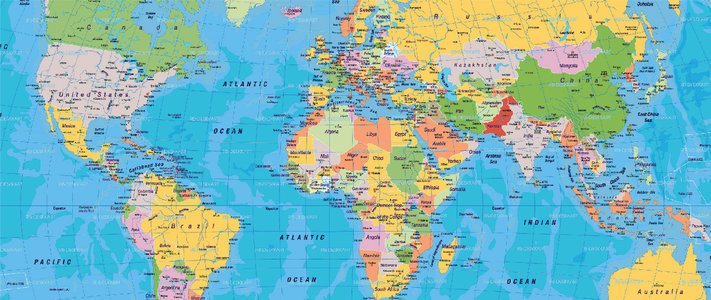U.S. will have record agricultural sector trade deficit this year
by June 26, 2024 4:21 pm 170 views

Labor costs, a stronger dollar, competition from Brazil, and the lack of new trade agreements will create a record agriculture trade deficit for the U.S. this year. The projected sector trade deficit is expected to top $32 billion this year, and Stephen Vaden, a judge on the United States Court of International Trade, said U.S. policies are partially to blame.
Vaden offered his perspective at a National Agricultural Law Center environmental law conference in Nevada on Wednesday (June 26).
“Just a couple of weeks ago the Department of Agriculture came out with a new estimate expecting that the trade deficit for this calendar year 2024 was going to be $32 billion,” Vaden said. “That is a record for all time.”
“We are going to import $32 billion for all of our agricultural goods,” he said. “That is an increase of $1.5 billion from what the United States Department of Agriculture has said it would be just a few months ago.”
Vaden said this is a reversal from what the U.S. has known from the 1960s.
“If you go back to the 60s, it was the exact opposite from the early 60s to just a couple of years ago,” he said. What Vaden calls the “structural trade deficit” will remain intact unless the U.S. makes some policy changes.
“What I see in our trade policy is stasis. We will not negotiate any new trade agreements with anyone that will result in the reduction of tariffs,” Vaden said. “We will not be opening any more markets to agricultural goods. That is not good news for producers. Without new customers, prices for American goods will eventually decline.”
“If you are a producer of a particular good — it doesn’t have to be agricultural — and every year you are producing more and more of that good but you have no increase in the number of people who are able and willing to buy that good, what is going to happen to the price?” Vaden said. “It’s going to decline. That’s just simple economics.”
Why the stasis?
With a caveat that he was not speaking on behalf of either side, Vaden said what the current administration might say is that while “agriculture benefits from greater trade access, other parts of the economy, most notably the manufacturers, seem to have not.”
“They have lost a lot of manufacturing jobs to places where it is a lot cheaper — Mexico, parts of China, parts of southeast Asia, for example,” Vaden said. “Because our trade policy has not been good for large slices of the American economy — though it may have been good for agriculture — we need to have a change to see if we can rebuild our manufacturing base.”
And while the U.S. may not be willing to negotiate any new trade agreements that would reduce tariffs, other countries don’t have that policy.
Soybeans are the fourth most traded crop in the world, according to the USDA’s Economic Research Service. Late last year, Brazil surged past the U.S. as the top soybean producer and exporter. The two countries account for 90% of all soybean production and it’s the most widely grown crop in Arkansas.
“While we are standing still, Brazil is in the fast lane, making it easier for people to purchase their agricultural products,” Vaden said, adding the gap in the cost of production between the U.S. and Brazil has never been bigger. “It costs, on average, 22% less to produce an acre of soybeans in Brazil. They can sell it cheaper and still make a healthy profit.”
Other issues contributing to the trade deficit are an increase in the cost of production, which includes what Vaden called “incredible and substantial” inflation, costs related to increased environmental regulations, and the rising cost of farm labor.
The last named “is particularly an issue out west, where our specialty crop growers are located,” he said.
Vaden cited the adverse effect wage rates for temporary farm workers with H2-A visas set by the U.S. Department of Labor. California has the highest rate of $19.75 per hour. However, the same workers in British Columbia, Canada, would be paid $12.56 an hour in U.S. dollars. In Mexico, the amount would be on average $1.50 an hour.
“It would be little wonder then, based on the statistics that you would find, that we are importing more and more specialty crops from overseas, particularly Mexico,” he said. “Since specialty crops are some of our most high-value per unit of agricultural production, that has an oversized effect on our trade deficit and is helping to throw us into deficit.”
“America, beginning in the specialty crop area, is becoming uncompetitive,” Vaden said. “How long can certain specialty crop producers, especially those who rely on imported labor, continue to be in business?”
America’s strong dollar also plays a role in the agricultural trade deficit.
“America sells agricultural commodities overseas, it wants to sell it in dollars” and that means it costs more for buyers whose currency might be weaker against the dollar.
“You compound all of these four things: No new customers because no new trade deals, Brazil, regulations/labor costs and the currency issue — the dollar being very strong right now — it just paints a decidedly negative outlook for American agriculture, when it comes to trade,” he said.
